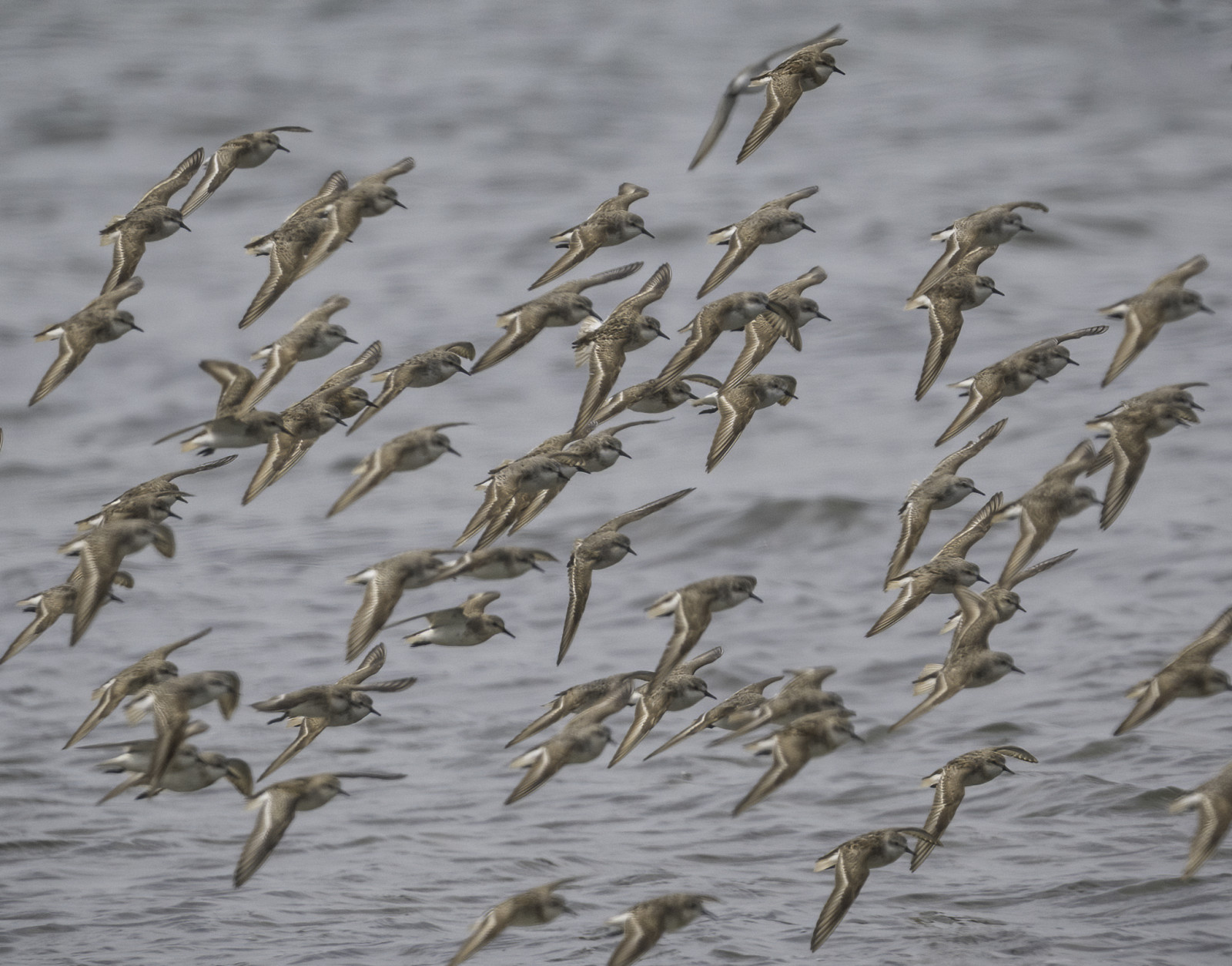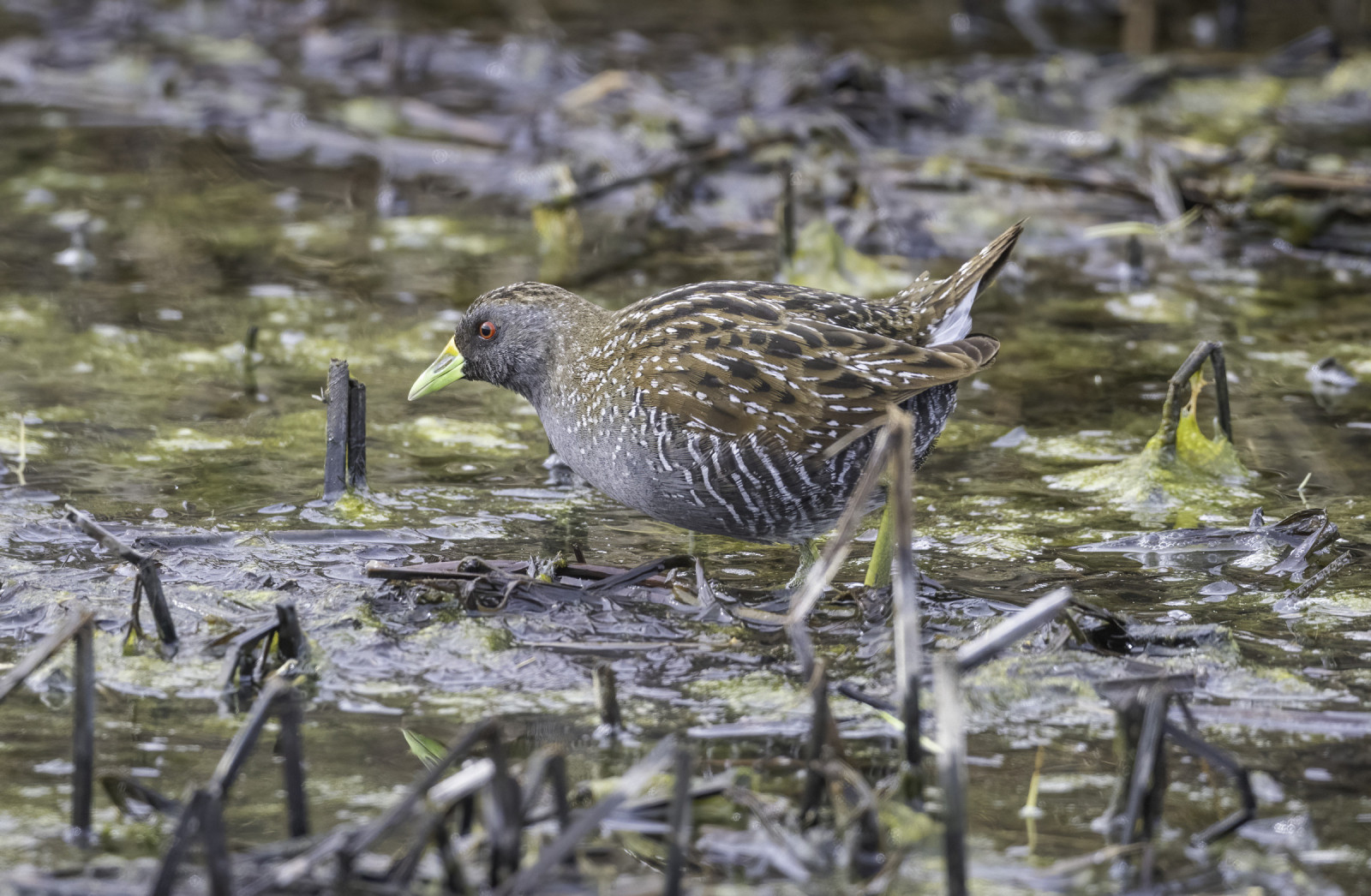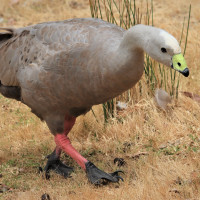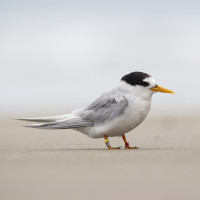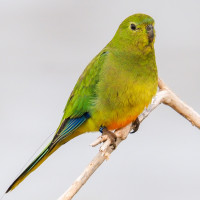Beschreibung
The Western Treatment Plant provides a haven for tens of thousands of birds, thanks to ample water and a variety of landforms and plants. The area has sewage ponds, constructed wetlands, natural wetlands, waterways and estuaries, coastal saltmarsh, intertidal flats, native grasslands, paddocks, drains, plantations and shelterbelts. The sewage treatment facilities are only a fraction of the site, with vast lagoons home to nearly 300 bird species. The site is recognised as a wetland of international importance under the Ramsar Convention, and as one of Australia’s best birdwatching sites.
Birdwatching access is by permit only and must be obtained in advance of entry. Short and long term access is available. For more information on site access requirements and to find out how to apply visit the Melbourne Water website. See the link below.
Species include the Orange-bellied Parrot, Brolga, Pied Cormorant and many shorebirds including migrants: Black Kite, Brown Falcon, Black-shouldered Kite, Freckled Duck, Pink-eared Duck, Black Swans, Pelicans, Fairy Terns, Red-necked Avocets, Lewin's Rail, Spotted Crake, Australasian Bittern, Baillon's Crake, Chestnut Teal and many more.
Late Spring to early Autumn is the best time for waders, but many waders overwinter. Late Autumn to early Spring is the best time for Orange-bellied Parrot.
Details
Zugang
The Western Treatment Plant is located 40 km south-west of central Melbourne. Birding is by car as it is a huge area but stopping is permitted for brief moments to take photos or observe birds. There are two bird hides with parking - located at the mouth of Little River and at Austin Road, and toilets and parking are available at the Paradise Road entry. Click on a P in the map for directions or coordinates.
You will need a permit which can be obtained online (or from the Werribee Zoo). See the link below to apply for a birdwatching access permit.
Terrain und Habitat
FeuchtgebietBedingungen
FlachRundweg
JaIst ein Spektiv nützlich?
Möglicherweise hilfreichGute Beobachtungszeit
GanzjährigBeste Beobachtungszeit
Frühjahr , SommerRoute
unbefestigte StraßeSchwierigkeitsgrad der Tour
EinfachErreichbarkeit
AutoBeobachtungshütten oder -türme
JaLinks
- The Facebook page for this site is helpful: Birds of the Western Treatment Plant Facebook Page
- Melbourne Water website: to apply for a birdwatching access permit

